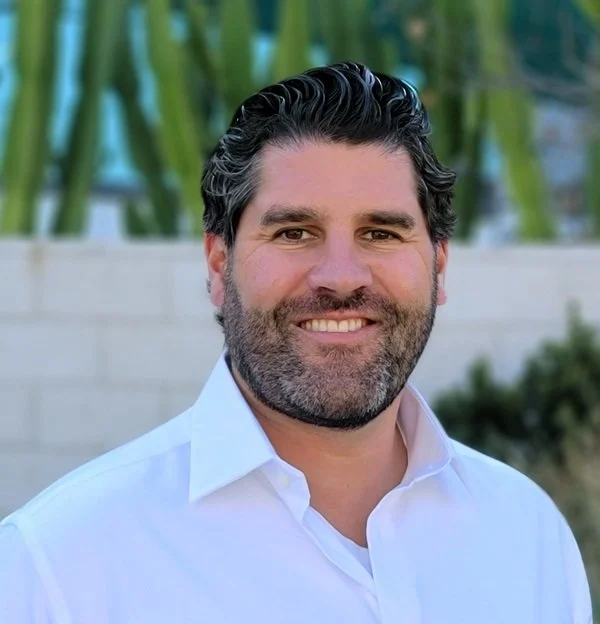
Anaerobic Chamber Leasing for Labs
Maintain oxygen-free environments—without tying up your budget. Lease the anaerobic chamber that fits your workflow.
What Is an Anaerobic Chamber?
Anaerobic chambers (also called glove boxes or anaerobic workstations) create oxygen-free environments essential for culturing anaerobic microbes and handling oxygen-sensitive samples. They’re widely used in microbiology, clinical diagnostics, and biotech R&D. These systems provide tightly regulated environments for critical research, including integrated incubation, gas control, and contamination prevention.
Why Lease an Anaerobic Chamber?
Anaerobic chambers are vital for cultivating anaerobic organisms and working with oxygen-sensitive materials—but these systems can be expensive to acquire and maintain, especially when you need customization for temperature control, gas mixing, or integrated incubation.
Leasing eliminates the need for a large upfront purchase and allows your lab to implement or upgrade systems without compromising cash flow. It’s ideal for clinical teams launching new assays, biotech groups scaling microbial studies, or academic labs adapting to grant cycles. Leasing also allows you to customize systems and upgrade over time—ensuring your setup evolves with your research
Where Leasing an Anaerobic Chamber Adds Value
Leasing makes sense when:
- You're studying anaerobic microbes and need a precise environment—without waiting on capital approvals.
- Your team needs custom gas mixing, glovebox integration, or passthrough incubators, but can’t justify a one-time purchase.
- You're outfitting a new lab and want to preserve budget for staffing, consumables, or downstream instrumentation.
Whether you're running strict redox experiments or scaling anaerobic sample handling, leasing supports scientific precision without financial friction.
Why Teams Lease with Excedr

Founder-friendly, non-dilutive capital
Ideal for early-stage or venture-backed teams—and a smart option for any lab looking to preserve equity while scaling.
Flexibility on equipment choice
No inventory limitations. You choose the system that fits your workflow—we handle the financing.
Lease terms aligned with your growth
2–5 year terms that support your budget, equipment lifecycle, and scaling timeline.
Quick approvals, flexible terms
Get approved in days—not weeks—with no collateral, IP pledges, or debt covenants required.
White-glove service & procurement
Equipment sourcing, vendor coordination, and lease logistics are streamlined to reduce your team’s internal workload.
Reliable support when it matters
Our vendor relationships help resolve issues quickly—so you stay productive and hit key milestones.
Leasing Solutions We Provide

Operating Leases
Treat lease payments as operating expenses, not debt. This simplifies accounting and preserves flexibility.

Sale Lease-Backs
Convert owned equipment into working capital. Keep it off your balance sheet and treat payments as operating expenses.
Popular Anaerobic Chamber Manufacturers




































Straightforward Application Process

Tell Us What You Need
Already have a quote or PO? Just let us know the equipment you want to lease—we’ll take it from there.

Get Approved Quickly
Our in-house underwriting team reviews your financials fast—no outsourcing, no red tape—so you get a decision in days, not weeks.

We Handle the Rest
We handle the logistics and coordinate with the vendor so you can get to work—no upfront capital required.
Helping Scientists Scale & Succeed
Frequently Asked Questions
Lease Your Next Anaerobic Chamber & Accelerate R&D
Don’t let capital constraints limit your lab’s anaerobic capabilities. Our leasing program is designed to remove friction from equipment procurement so you can stay focused on producing accurate, reliable results.












